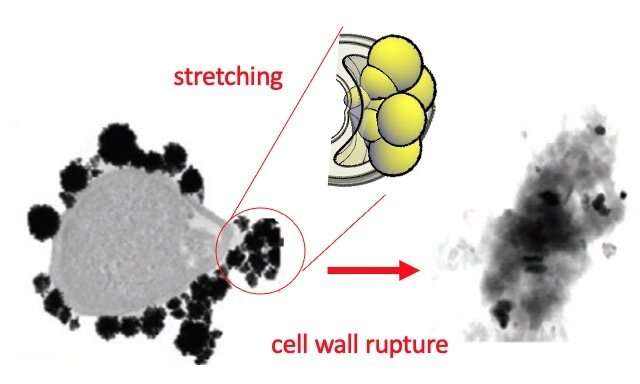Finding alternatives to antibiotics is one of the
biggest challenges facing the research community. Bacteria are
increasingly resistant to these drugs, and this resistance leads to
the deaths of more than 25,000 around the world. Now, a
multidisciplinary team of researchers from the Universitat Rovira i
Virgili, the University of Grenoble (France), the University of
Saarland (Germany) and RMIT University (Australia) have discovered
that the mechanical deformation of bacteria is a toxic mechanism
that can kill bacteria with gold nanoparticles. The results of this
research have been published in the journal Advanced Materials and
are a breakthrough in researchers’ understanding the antibacterial
effects of nanoparticles and their efforts to find new materials
with bactericide properties.
Researchers identify the physical mechanism that can kill
bacteria with gold nanoparticles



